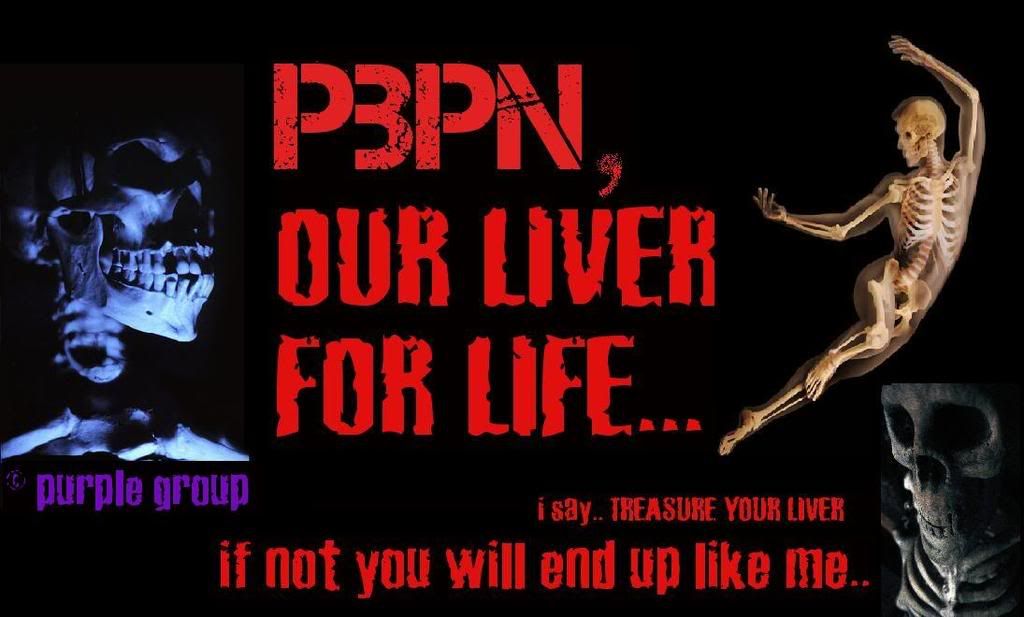
| Friday, February 6, 2009 |
|
Clinical features of Anaphylaxis: Mucocutaneous: Rhinitis Conjunctival erythema and tearing Flushing Itch Urticaria Angioedema Abdominal/pelvic Nausea* Vomiting* Abdominal pain Pelvic pain (described as being “like uterine contractions”) Delayed vaginal discharge Neurological Vascular headache (typically described as “throbbing”) Dizziness* Collapse, with or without unconsciousness* Confusion† Incontinence* Respiratory/chest Dysphagia and stridor due to upper airway angioedema† Throat and/or chest tightness Dyspnoea*† Cough Wheeze† Cyanosis*† Cardiovascular Palpitations Tachycardia Bradycardia (relative or absolute) ECG changes (T and ST changes) Hypotension*† Cardiac arrest*† ECG = electrocardiogram. * These features are associated with hypotension.9 † These features are associated with hypoxia.9 Management: Anaphylaxis is usually a disorder for which the risk of relapse is chronic but the event itself is unpredictable. The mainstays of long-term management of anaphylaxis include: · Specialist assessment. · Identify and avoid triggering and cofactors, if possible. Common triggers of anaphylaxis include food, stinging insects and medication. Exercise, alcohol consumption and taking NSAIDS are common cofactors. · Avoid medications that may complicate management. · Train patients to look for early warning symptoms and to carry self-injectable adrenaline (EpiPen) (after being trained in its use). · Provision of a written anaphylaxis action plan. · Identify at-risk patients with a MedicAlert bracelet and entry of an allergy alert into hospital or health care network clinical information systems. References: -Simon G A Brown, Raymond J Mullins & Michael S Gold. (2006). MJA Practice Essentials — Allergy. Retrieved July 18, 2006, from http://www.mja.com.au/public/issues/185_05_040906/bro10212_fm.html#0_i1092246 BY XIAOTONG |


